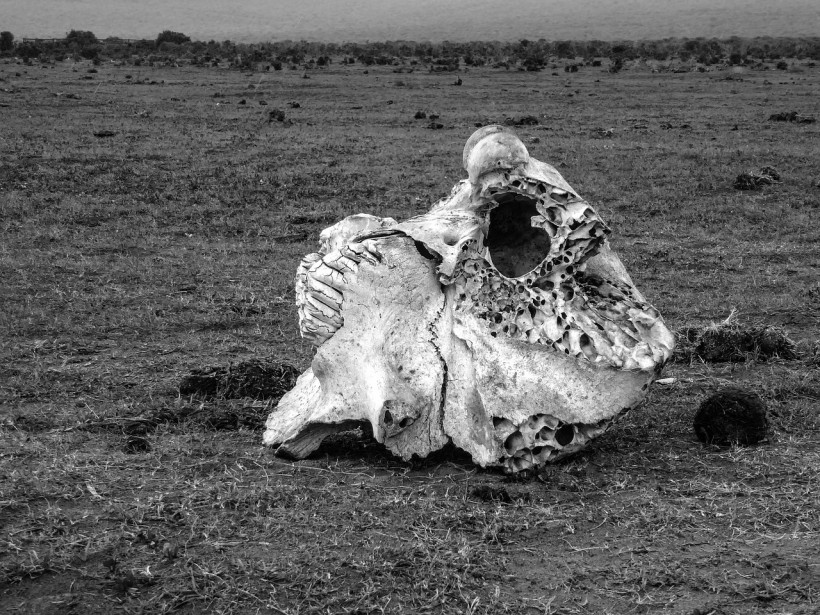An elephant graveyard dating back 6 million years ago, during the Miocene Epoch, was discovered by paleontologists in northern Florida. The scientist found bones and skulls from long-extinct elephants called gomphotheres in the same place near the banks of an ancient river, in an area near the modern-day city of Montbrook. The discovery only triggered more questions due to the bizarre phenomenon.
An inquiry regarding the breakthrough findings posits if whether the ancient elephants chose to die on the same spot or were they dragged into the area by their surviving kin. The question is even harder to answer as the Florida paleontological team found that some bones in the elephant graveyard were hundreds of years apart. This means that there is a large time gap between the giant mammals.
Elephant Graveyard

To understand the mystery behind the "elephant graveyard" in Florida, as reported by the website Ancient Origins, the said team, explored the ancient environment in which the animals lived on, particularly during the Miocene Epoch, which spanned between 23 million to 5.33 million years ago. The team consists of both paleontologists and volunteers from the Florida Museum of Natural History.
In their findings, the graveyard can be found in the now-extinct river, which was once teeming with life of different animal groups, ranging from fish to reptiles and even mammals. This came after the team was digging on a dried-up riverbed in northern Florida, based on the report.
No one knows exactly how the elephants ended up dying in the same spot. However, one potential theory regarding the elephant graveyard phenomenon is that the animals preferred the site due to access to food and water supply before dying.
Also Read: Back from the Dead: 5 'Extinct' Animals That Were Not-So-Extinct When Rediscovered in 2019
What are Gomphotheres?
The scientists identified the fossils of belonging to gomphotheres, an extinct group of proboscideans that is still related to modern elephants that we have today. The ancient elephant group was once dominant across Africa, Eurasia, and North America.
They existed not only during the Miocene but also during the Pliocene Epoch, which spanned 5.33 to 2.58 million years ago, and the Pleistocene Epoch, a period from 2.58 million to 11,700 years ago, based on prevailing paleontological evidence.
The large proboscidean mammals had global distribution, except for Antarctica and Australia, but gradually went extinct until the Pleistocene, wherein the gomphotheres also migrated to South America, according to the University of California, Berkeley.
Elephant Population Threat
Today descendants of the ancient mammals have still persisted, and we identify them into three species: the Asian elephant, the African bush elephant, and the African forest elephant.
Despite their survival and being Earth's largest land mammals, elephants in the wild are facing existential threats due to various human activities such as illegal wildlife trade. Moreover, deforestation and other related acts have also resulted in habitat loss and fragmentation, according to the organization Global Conservation.
Furthermore, the expansion of human territories and infrastructural developments have paved the way for human-wildlife conflict.
Related Article: The Merits of Using DNA to Revive Extinct Animals and Plants
© 2024 NatureWorldNews.com All rights reserved. Do not reproduce without permission.



![Tsunami Hazard Zones: New US Map Shows Places at Risk of Flooding and Tsunamis Amid Rising Sea Levels [NOAA]](https://1471793142.rsc.cdn77.org/data/thumbs/full/70325/280/157/50/40/tsunami-hazard-zones-new-us-map-shows-places-at-risk-of-flooding-and-tsunamis-amid-rising-sea-levels-noaa.jpg)
![Climate Change is Reducing Dust Levels Worldwide as Arctic Temperature Warms [Study]](https://1471793142.rsc.cdn77.org/data/thumbs/full/70320/280/157/50/40/climate-change-is-reducing-dust-levels-worldwide-as-arctic-temperature-warms-study.jpg)
